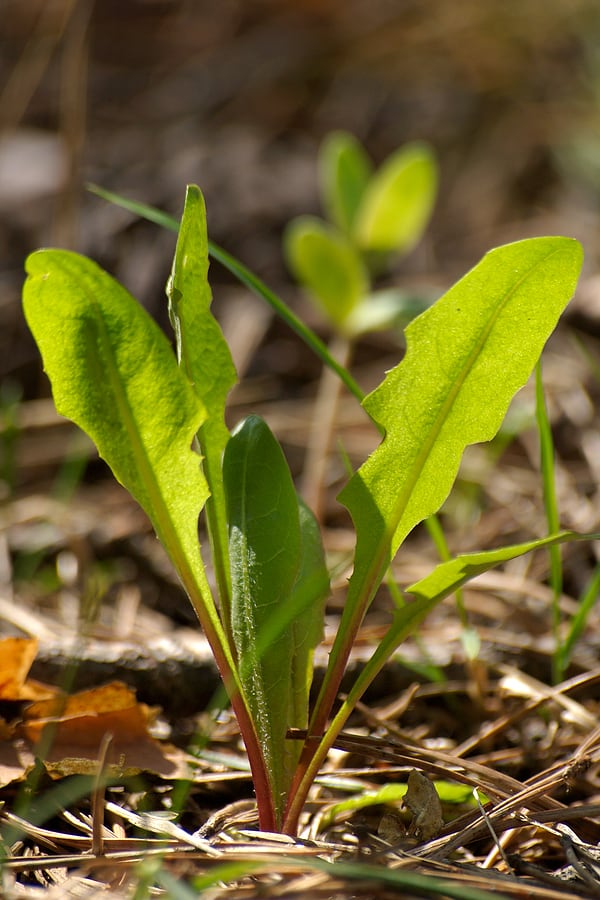Common Napa Cabbage Pests and Diseases and How to Control Them Naturally
Napa cabbage is a cool-season favorite, but like all brassicas, it can attract pests and diseases. Using natural, hands-on methods keeps your crop healthy and chemical-free. Drawing on decades of gardening experience, here’s how to identify, prevent, and control the most common problems.
Common Napa Cabbage Pests
1. Aphids
- Tiny green or black insects feeding on new leaves
- Cause leaf curling and stunt growth
Natural Control:
- Blast off with a hose
- Introduce ladybugs or lacewings
- Spray with insecticidal soap
2. Cabbage Loopers and Worms
- Caterpillars that chew large holes in leaves
Natural Control:
- Handpick daily
- Use row covers to protect young plants
- Encourage parasitic wasps
3. Flea Beetles
- Small jumping beetles creating tiny pits in leaves
Natural Control:
- Apply diatomaceous earth around plants
- Use floating row covers early in the season
Common Napa Cabbage Diseases
1. Black Rot
- Yellow V-shaped lesions on leaf edges
- Caused by bacteria spreading in water
Natural Control:
- Rotate crops every 3 years
- Avoid overhead watering
- Remove infected plants
2. Clubroot
- Swollen, distorted roots causing stunted growth
Natural Control:
- Maintain soil pH above 7.2 with lime
- Rotate brassicas
- Remove infected plants
3. Downy Mildew
- White, fuzzy growth on leaf undersides
Natural Control:
- Improve air circulation
- Space plants properly
- Water at soil level
My Experience
In my Sonoma Valley garden, rotating Napa cabbage with legumes, using row covers, and encouraging beneficial insects consistently reduces pest and disease problems without chemicals, producing tender, healthy heads.
Napa Cabbage Learning Hub
Start here: The Ultimate Guide to Growing Napa Cabbage
Napa Cabbage Planting & Timing
- When to Plant Napa Cabbage in Spring and Fall
- Napa Cabbage Planting Calendar: Month-by-Month Guide
- Best Soil and Site Conditions for Napa Cabbage
Napa Cabbage Starting & Transplanting
- How to Start Napa Cabbage Indoors Under Lights
- Direct Seeding vs. Transplanting Napa Cabbage: Pros and Cons
- How to Harden Off and Transplant Napa Cabbage for Strong Growth
Napa Cabbage Care
- Watering Napa Cabbage: How Much and How Often
- How to Fertilize Napa Cabbage for Big, Tight Heads
- Protecting Napa Cabbage from Heat, Bolting, and Sun Stress
Pests & Diseases
Harvest & Storage
- How to Harvest Napa Cabbage Without Splitting or Cracking
- Storing Napa Cabbage for Weeks: Simple Home Preservation Tips
Containers & Small Spaces
Varieties
- Best Napa Cabbage Varieties for Home Gardeners
- Short-Season Napa Cabbage Varieties for Cool Climates
Companion Planting






